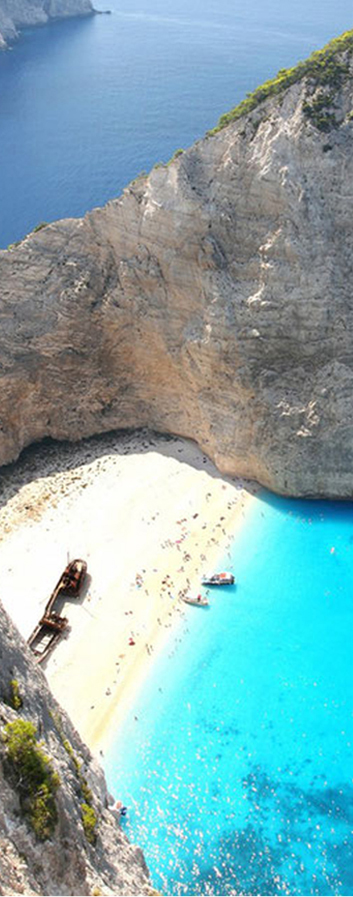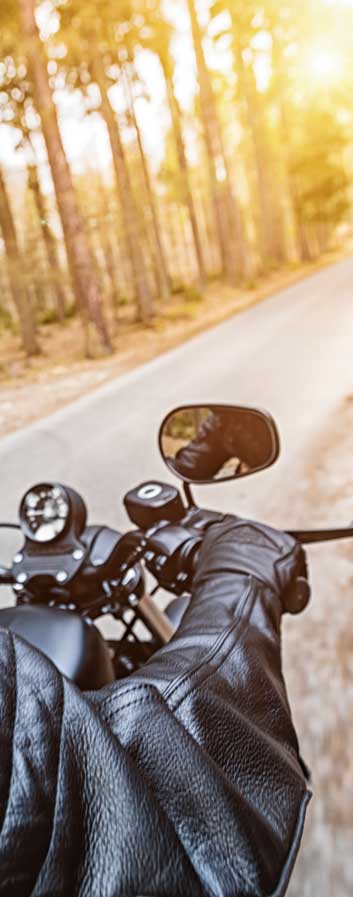Oub Kham Museum
Lanna is the given name of a prosperous monarchical kingdom whose power base was in northern Thailand in ancient times. Due to a considerable number of its vassal states, the title of the kingdom literally means “Land of a million rice fields”. Its territorial expansion reached Chiang Tung in the North, and Tak together with the northern border of Sukhothai Dynasty in the South; whereas the rivers of Mae Khong and Salawin are juxtapose with the kingdom in the East and West respectively. Its power was not only limited to eight provinces in the northern part of Thai as most people are aware, but it spread over the vast area of Chiang Tung in Burma, Xishuangbanna in China, Dien Bien Phu in Vietnam, as well as Lane Xan in Laos. Lanna’s unique traditions, spoken and written language are still in use even in the present.
There had been a massive accumulation of wealth for over 300 years during the existence of the Lanna kingdom, mainly assorted valuable objects from royal residences of Prince of Chiang Mai, Prince of Phrae, and Price of Nan. Later on, several foreign antique traders started to corner the market in these ancient pieces, such as traditional royal court costumes, silverwares, or lacquer wares. Seeing that people nowadays have very little awareness about such a great lost, Julasak Suriyachai is afraid that all of these cultural heritages would eventually belong to foreigners’ possessions. Thus, he decided to devote his physical power, time and money to collect priceless objet d’art, including royal utensils of princes and princesses, silverwares, lacquer wares from Lanna royal court. His main aims are to preserve the artefacts in Chiang Rai for educational purposes or appreciation by future generations, rather than letting outsiders get hold of the treasures.
Julasak’s collection took place approximately 30 years ago when he was a state teacher in Chiang Rai Provincial Administrative Organization. Due to his passion and determination, he set off in quest of these valuable treasures – whether small or big ones - along the border lines between Thai, Burma, and Laos by bartering or trading with his own property. He strongly believes that these valuables are belonged to the people of Tai, a neighbouring ethnic group of Thais.
Most of the artefacts in Julasak’s collection are the result of the civilisation of the tribe known as Tai or Dai which live outside the country. The Thai Lanna, Lan-chang and Chinese art pieces are mainly regalia used at the royal courts of vassal princes, princes and princesses, such as jewelleries, royal costumes, sculpting tools, brass statues, furniture, other royal utensils, ancient books, Buddhist scriptures and sacred texts, as well as folk literature written on mulberry papers and palm leaves. Moreover, Julasak has profoundly researched on historical backgrounds and utilities of every objet d’art in his possession.
After two decades of collecting valuable artefacts and paraphernalia, he decided to resign from his job in order to found Oub Kham Museum in the year 1996. The museum is named after a golden serving bowl, a bequest from his passed away father, who descended from Phraya Sulawaruchai or Nan Thip Chang the liberator of Lampang. Oub kham is the term referring to a kind of container similar to a tray with pedestal and lit, made from woven bamboo and covered with lacquer. It is available in various sizes depending on the hierarchy of the users, and is used as a serving container for kings or monks of high prestige.
The location of the museum is next to Den Ha market, in Chiang Rai downtown, Na-khai Road, Rob-wiang subdistrict. The area of one Rai is enclosed by a high wall with a cement label read “Oub Kham Museum” and a Northern door facade. Within the museum compound stand a cluster of wooden buildings in remarkably exquisite Lanna architectural styles. Each exhibition building represents a royal residence of Northern Thai royalty called Khum. Namely, Khum Chao Fah, which was constructed in an applied Thai-Annam architectural style, displays a significant archaeological finds, including the throne of Chiang Tung ruler, together with other royal regalia gilded with thin gold leaves. Despite the age of more than three centuries, they all are in their complete condition still.
The exhibition room is embellished to create an atmosphere of the throne room. Khum Oub Kham displays an impressive collection of princesses and ladies’ jewelleries, a Buddha image from Chiang Saen Dynasty, a model of stupa containing the Buddha’s relics, and a handmade perforated silver situla (holy water bucket). Khum Bua Luean is a Tai Yai vernacular architecture that exhibits textiles and costumes worn by princesses from Lanna and other tribes in the North. Especially His Royal Highness from Lan Chang’s royal apparel, which is woven from silk and gold threads, weighs as much as two kilograms. Chedi Sam Yod is a gallery that shows ancient artefacts and ritual object including a jade Buddha image. The latest gallery Cave of Power is elaborately decorated to display tremendous number of priceless antiques.
Oub Kham Museum is open daily from 8.00 to 18.00 hour. Admission fee for Thai adults is 200 Baht, Thai children 100 Baht, foreigners 300 Baht, and foreign children 200 Baht per person. A special discount of tour groups booking in advance is available. Contact tel. 0 5371 3349.


































